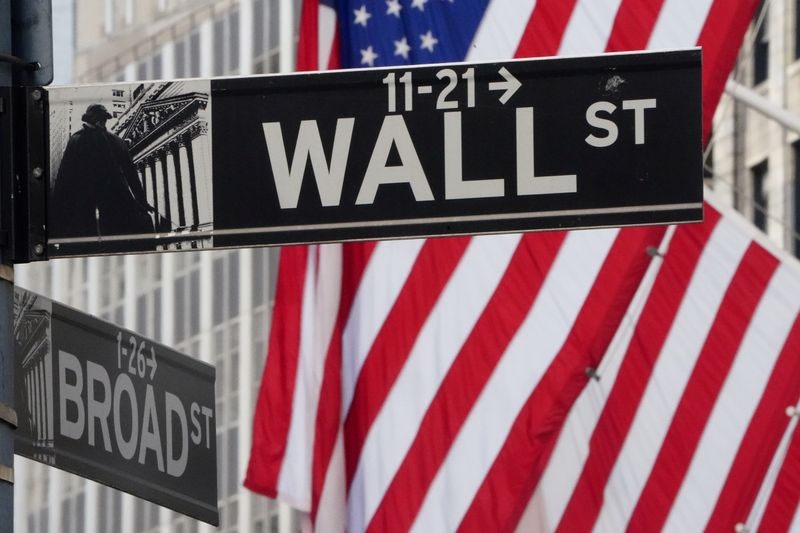Quiver Quantitative - Wall Street traders and the Federal Reserve seem to be in rare agreement: a significant shift in monetary policy is on the horizon as the central bank aims for a soft landing in the world's largest economy. This sentiment was bolstered after the Fed signaled an end to its policy tightening campaign and projected more aggressive rate cuts for 2024, sparking a cross-asset rally. Global stocks, front-end Treasuries, world currencies, and corporate bonds all surged in response, marking one of the most significant post-meeting rallies in recent memory. Traders, emboldened by the Fed's apparent success in steering the economy towards a disinflationary path, are now betting on similar moves by the European Central Bank (ECB) and the Bank of England (BOE).
The market's reaction reflects a significant shift in perspective, with investors now pricing in six quarter-point rate reductions by the Fed in 2024, double what central bankers have forecasted. Goldman Sachs (GS) economists have revised their forecast to anticipate cuts beginning as early as March. While the ECB and BOE may push back against market expectations more firmly than the Fed, traders are already pricing in substantial rate reductions for these central banks as well.
Market Overview: -Euphoric rally engulfs assets after Fed signals imminent rate cuts and soft landing in 2024. -Stocks surge, bonds rally, and dollar weakens as disinflationary hopes take center stage. -Traders ramp up bets on ECB and BOE easing, anticipating a global pivot away from tightening.
Key Points: -Fed's dovish pivot fuels optimism, painting a picture of inflation fading without recession. -Markets price in six Fed rate cuts next year, surpassing even the central bank's projections. -Dow Jones hits record, Nasdaq nears all-time high, and Treasuries surge on easing worries. -Emerging markets, currencies, and commodities also join the party as risk appetite soars.
Looking Ahead: -The sustainability of the rally hinges on data remaining supportive of the Fed's dovish shift. -Unexpected inflation or jobs data could swiftly reverse the exuberance and trigger a correction. -Focus shifts to European central banks, with markets expecting similar easing signals.
However, the optimism may be premature, as markets have previously misjudged the Fed's stance, leading to abrupt reversals. While the Fed has maintained readiness to hike rates if inflation reaccelerates, the unanimous decision to keep the federal funds rate at 5.25% to 5.5% has fueled current market exuberance. Former New York Fed President William Dudley noted that Powell's comments significantly eased financial conditions.
The market response was widespread: the Dow Jones Industrial Average (DIA) reached a record high, and Nasdaq 100 (QQQ) futures hinted at a record close for the index. Asian and European stocks also saw gains, while the yield on 10-year Treasuries fell below 4% for the first time since August. The rally extended to group-of-10 currencies, emerging market proxies, and various ETFs. This enthusiastic response has prompted debate on whether traders have overreacted, but some, like DoubleLine Capital's Jeffrey Gundlach, believe the rally in bonds will continue, predicting a further drop in 10-year Treasury yields.
This article was originally published on Quiver Quantitative
